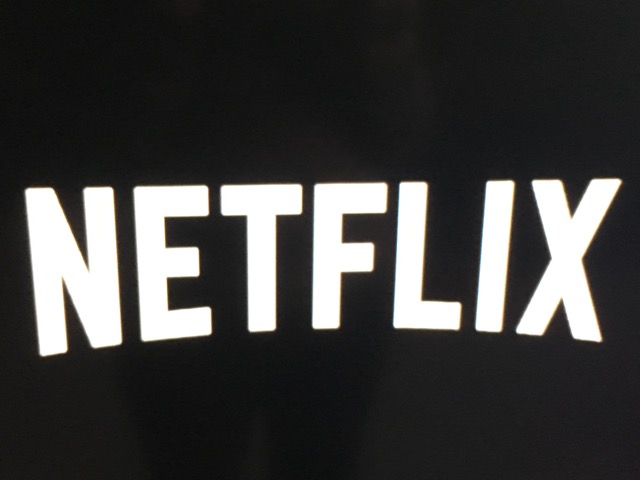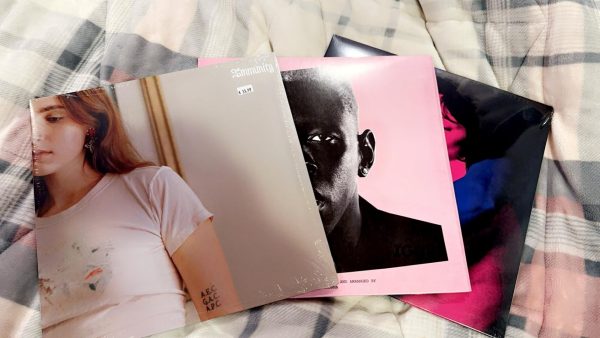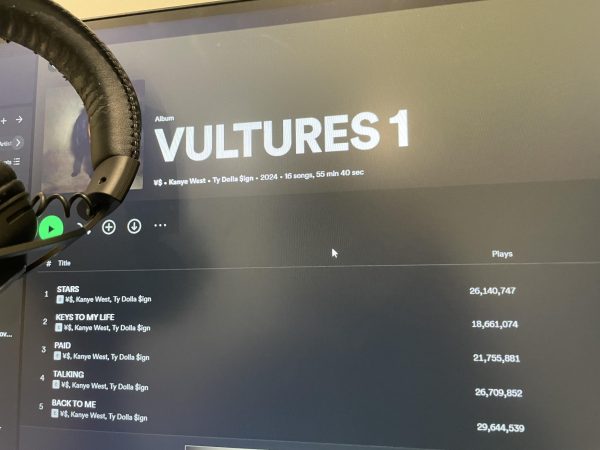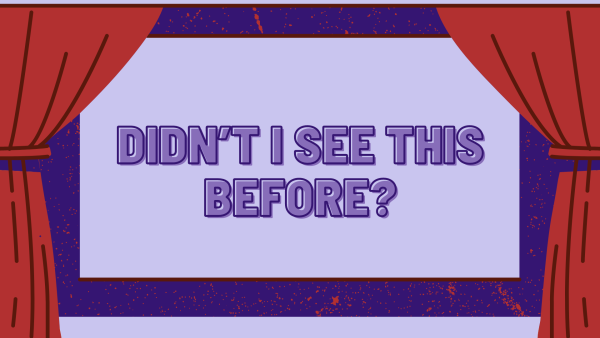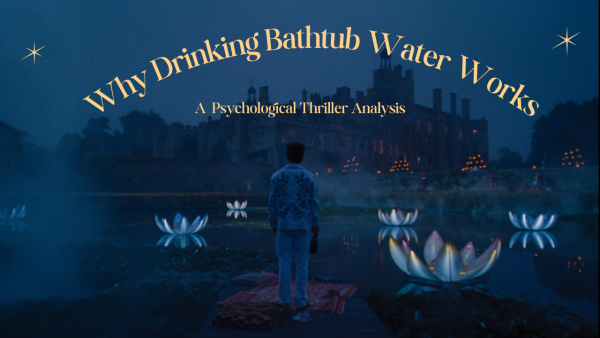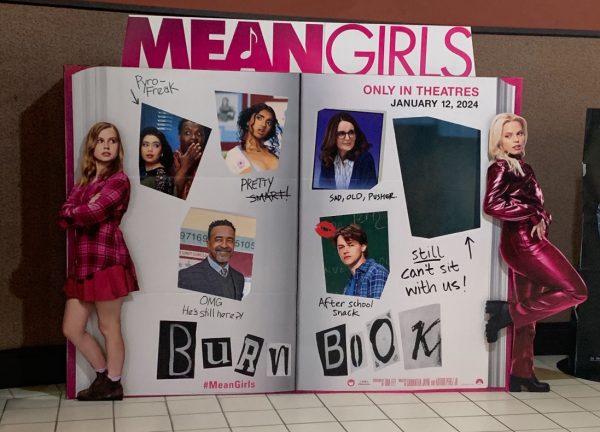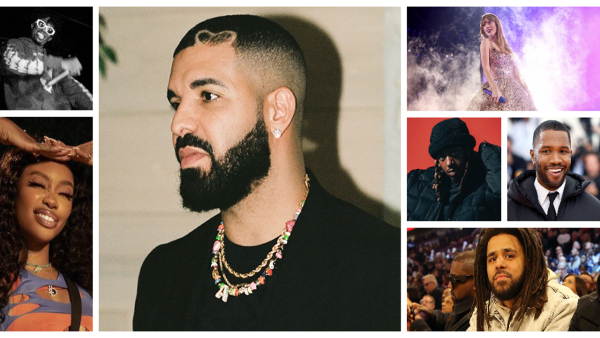How Netflix is changing TV standards
The invention of television is one that has had arguably the biggest effect on American society. Rising from 6,000 active television sets in 1946 to 12 million by 1951, television was the fastest growing invention to enter U.S. households. By the late 1990s, 98 percent of homes in America had at least one television set. In recent years, a new type of television service has propelled its way to the top of the entertainment industry: Netflix.
The streaming service for television and movies has an annual revenue of 6.78 billion and over 83 million subscribers worldwide, according to Statista. Netflix’s dominance in the industry reflects the bigger idea of how television has evolved over the years: how is Netflix changing television?
The obvious answer would be that it provides certain features and has an accessibility that regular TV cannot achieve. There are no ads and viewers can watch any show at anytime. Netflix has brought meaning to the term “binge-watching”. Users can watch entire seasons of a show in one sitting if they desire. This takes a toll on the number of people who pay for cable access. Cable has lost over 6 million subscribers over the last six years and according to a study by an investment firm, MoffettNathanson, television viewing time was down by 3 percent in 2015. Netflix contributed to 50 percent of that drop.
Extending beneath the surface answer that Netflix offers various, convenient features, the streaming service has generated a large viewing and broke down barriers of mainstream television for several reasons. One of which is their ability to create original series that become instant successes. According to Parrot Analytics, Netflix’s original series Stranger Things was the most popular digital original series in the U.S. in just the first week after its release in July of 2016. In June of the same year, Nielsen Media found that one of Netflix’s most popular shows, Orange Is the New Black, was watched by 6.7 million viewers during its fourth season premiere.
Over a quarter of millennials have never been subscribed to cable and those who have cable television don’t watch it very frequently. With a large portion of active Netflix users being millennials, Netflix has found ways to pull other generations in. Recently, it announced the arrival of a show based on a popular children’s book series: A Series of Unfortunate Events. The books were published a decade ago, from 1999 to 2006. Netflix has also taken on a revival of the popular show Gilmore Girls which originally aired in 2000.
Another attribution to the boom of Netflix is its pricing. A standard cable package costs about $50 to $60 a month, whereas Netflix currently stands at $7.99. Netflix has plans to spike up their price from $7.99 to $9.99 for longtime customers; however, it still proves to be significantly cheaper than cable.
Compared to other streaming services, Netflix is a clear winner in popularity, with its over 83 million subscribers. According to Statistics Brain, Hulu has 9,135,000 paying subscribers and HBO Now streaming video on demand service has about 800,00 paying subscribers.
From the first television broadcast in 1936 to the development of cable in 1958 to the production of flat screens and HD TV in 2005, Netflix has also marked a spot on the timeline of television evolution. The success of Netflix does not equate to cable television dying out completely anytime soon. It does, however, undeniably change the status quo when it comes to the television industry.


